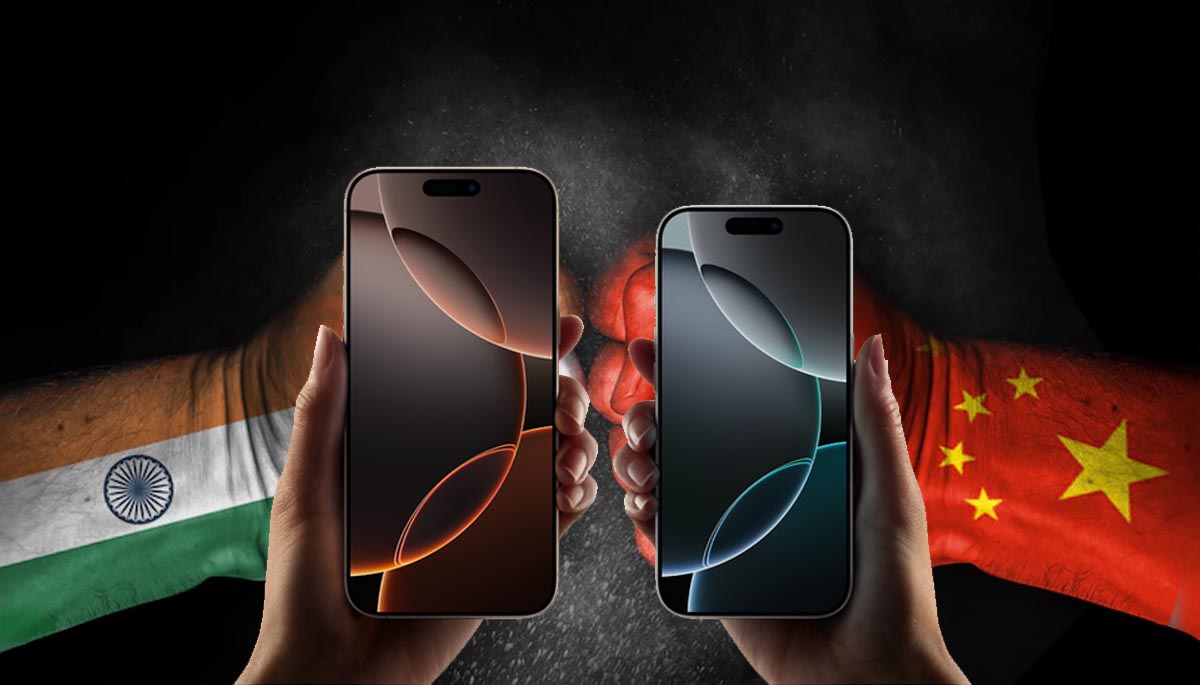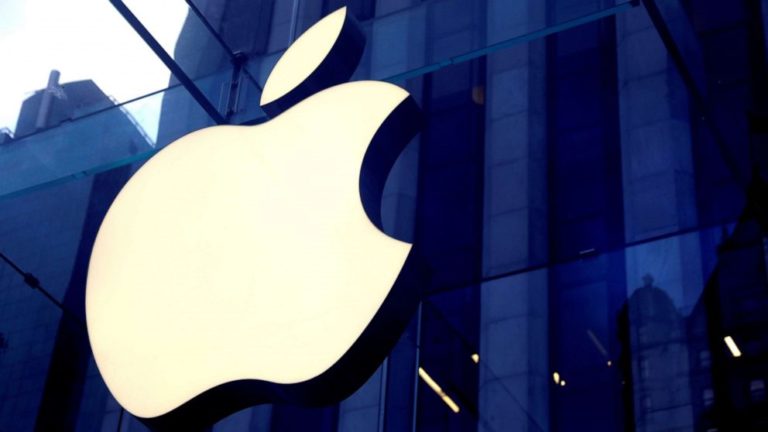
US tech giant Apple announced this month that India will now play a major role in manufacturing iPhones for the US market. “Most iPhones sold in the US will carry the ‘Made in India‘ label,” the company’s CEO Tim Cook said in May. He also revealed that Vietnam will now become a major manufacturing hub for iPads, Macs, Apple Watches and AirPods sold in the US.
The decision has been taken to reduce the impact of import duties imposed by former US President Donald Trump, which were putting pressure on Apple’s supply chain and profits. But can India really replace China? The answer to this question is not so simple, here’s our analysis:
iPhone manufacturing in India: opportunities and challenges
According to Lekha Chakraborty, senior economist at the National Institute of Public Finance and Policy, iPhone production in India is 5-10% more expensive than in China. This is because of expensive components and relatively less efficient factories. He says the financial implications of this investment also need to be seriously considered, especially in terms of tax revenue, infrastructure investment and potential subsidies.
However, Apple has rapidly ramped up its production in India. According to a Bloomberg report, iPhones worth $22 billion were made in India in the 12 months to March 2025, up 60% from the previous year. The company aims to make more than 60 million iPhones annually in India by 2026, double the current production.
In India, iPhones are assembled by three companies—Foxconn, Pegatron Corp and Tata Group’s Wistron (now under Tata). Foxconn is the largest manufacturer and most iPhones are made in its plants.
What are the hurdles to overtaking China?
Shrijay Sheth, founder of LegalWiz.in, believes that for Apple to make India an independent manufacturing hub, it will need to invest heavily in infrastructure, skills and technology. According to him, “Shifting production from China to India will not be easy, as there will be obstacles in the transfer of technology and expertise. China will not easily accept the loss of jobs and manufacturing hubs.”
In addition, Nikul Shah, CEO of Indicesmic, a specialist in semiconductors and embedded systems, says that India has the potential to meet the demand for iPhones, but the ecosystem needs to be strengthened. He said, “This is in line with the ‘Make in India’ initiative, but infrastructure and policy reforms will be needed for success.”
Conclusion: Can India become an alternative to China?
At present, India has not become a complete alternative to China for Apple, but gradually the direction is right. The government has made new policies to promote electronics manufacturing, and companies like Apple are increasing their production in India. But without China-like efficiency, cheap components and strong supply chain, it will take time for India to become a global manufacturing hub.
So for now, Apple’s trust in India is a great achievement, but there are challenges in this path too. If India resolves these issues, then in the future it can become a reliable option not only for Apple but also for other global brands.



